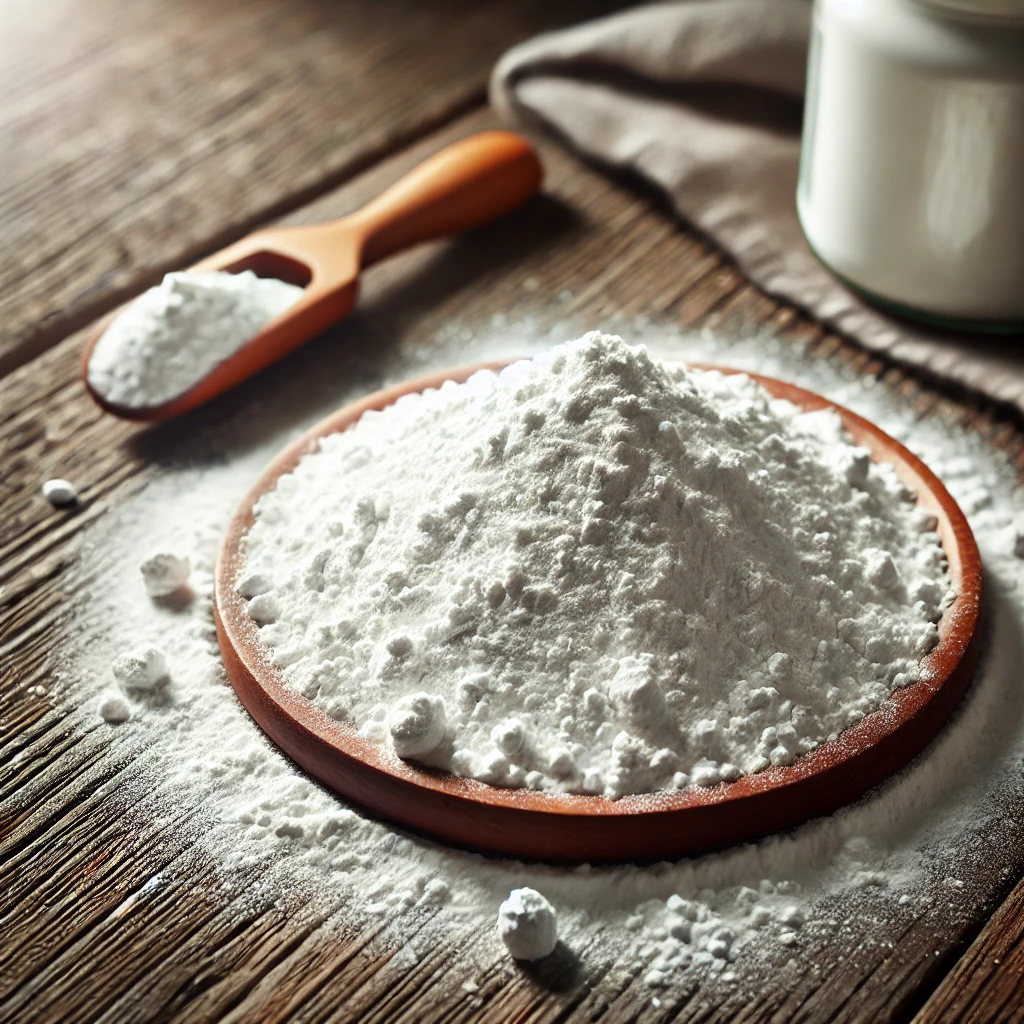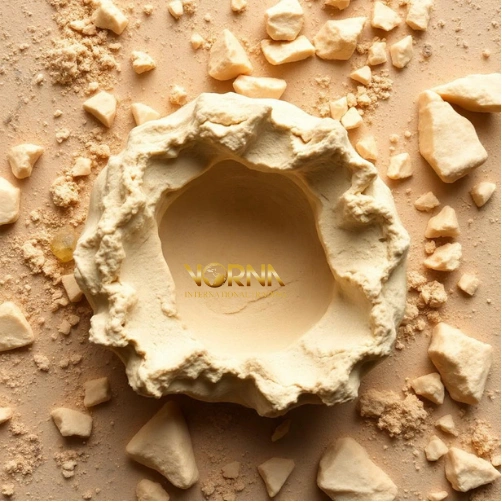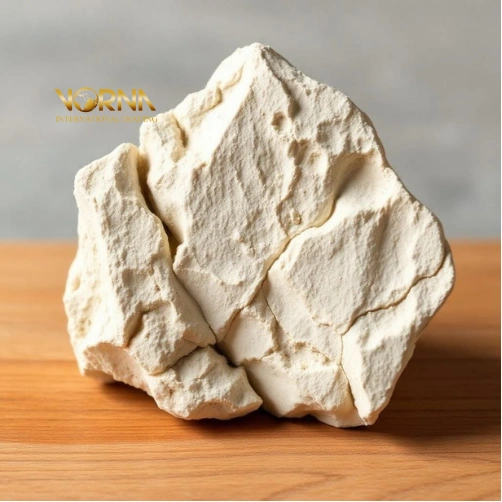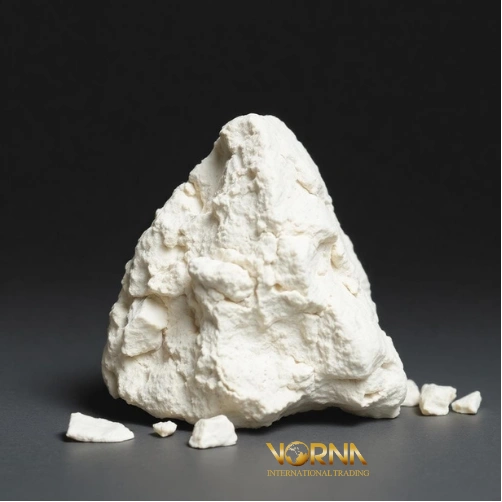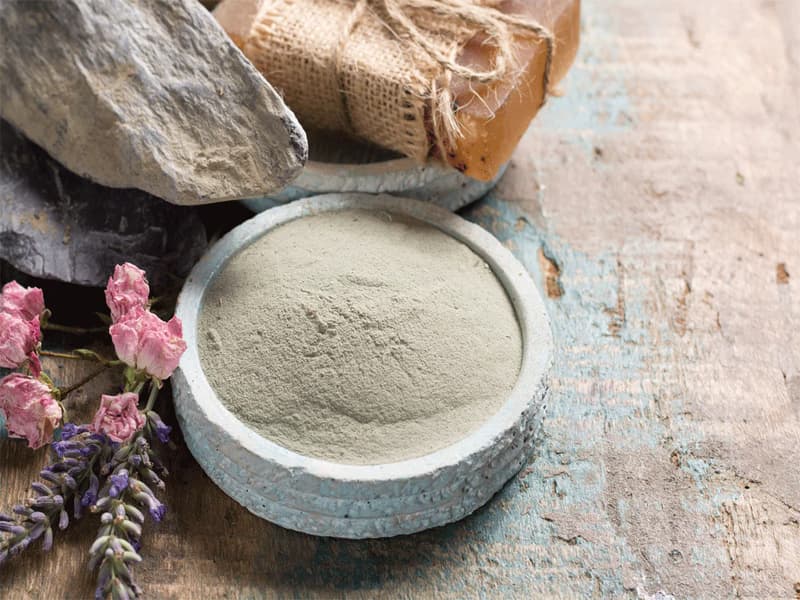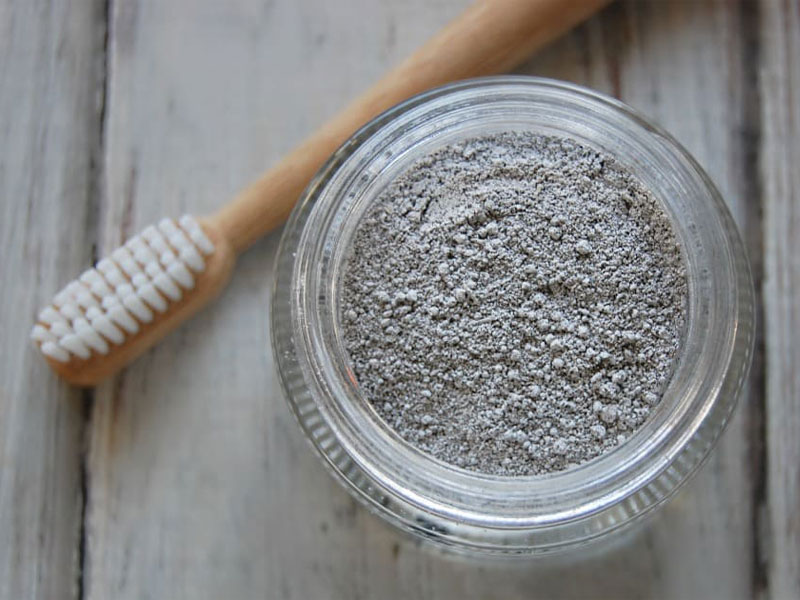What is Kaolin?
Kaolin is a fine, white clay mineral that is widely known for its versatile uses across various industries. It is primarily composed of kaolinite, a type of clay mineral that forms through the weathering of feldspar. Kaolin is abundant in nature and has been utilized for thousands of years in everything from pottery to cosmetics. Its softness and mildness make it ideal for use in skincare products, while its chemical composition gives it the properties needed for industrial applications.
Kaolin is a versatile mineral with numerous industrial applications, from cosmetics to ceramics. If you’re looking to purchase high-quality kaolin for your business, you can find Kaolin for Sale from trusted suppliers like vornaco that offer the best material for various uses, ensuring purity and consistency.
Kaolin Uses
Kaolin has a broad range of applications in multiple industries. In cosmetics, it is often used for its mild exfoliating properties and ability to absorb excess oil, making it ideal for sensitive skin. In the ceramics industry, kaolin is a primary ingredient in porcelain and fine china production due to its smooth texture and whiteness. Additionally, kaolin is used in paper production, paints, rubber, and even in agriculture to improve soil quality.
Kaolin Uses in Pharmacy
Kaolin, a natural clay mineral, has various applications in the pharmaceutical industry due to its absorbent and medicinal properties. It is widely used in the formulation of medications to treat gastrointestinal issues, such as diarrhea, as it helps to absorb excess fluids in the intestines and stabilize bowel movements. Additionally, kaolin is often included in antacid preparations, where it works to neutralize stomach acid and soothe the digestive tract. Kaolin’s adsorptive properties also make it valuable in topical treatments, particularly in creams and powders for soothing irritated skin or treating minor cuts and abrasions. Its mild, non-toxic nature makes it suitable for use in a wide range of over-the-counter and prescription products, offering both safety and effectiveness for various medical conditions. Due to these beneficial uses, kaolin remains a key ingredient in many pharmaceutical products, providing relief from both internal and external health issues.
Kaolin Agricultural Use
Kaolin has a significant role in agriculture, particularly in crop protection and soil management. In farming, kaolin is primarily used as a natural pesticide and fungicide. When applied to plants, kaolin forms a protective barrier on the surface of leaves, preventing pests such as aphids, mites, and other insects from damaging the crops. It also helps in controlling fungal infections by creating a physical shield that inhibits spore germination. Additionally, kaolin is used in agriculture to improve soil properties by enhancing moisture retention and reducing soil erosion. Its high silica content is beneficial for promoting soil structure and fertility. Moreover, kaolin is considered an eco-friendly alternative to chemical pesticides, as it is non-toxic to humans, animals, and beneficial insects, making it an attractive option for organic farming practices. Its ability to improve crop yield while protecting the environment makes kaolin a valuable resource in sustainable agriculture.
Kaolin Types
There are several types of kaolin, each with distinct characteristics and uses. The most common type is white kaolin, which is widely used in ceramics and cosmetics. Red kaolin, which contains iron oxide, is often used in face masks and for skin care due to its soothing properties. Yellow kaolin, known for its mild exfoliating effects, is often included in personal care products. Other types of kaolin are used based on their unique properties, such as their particle size and color.
Kaolin Techniques
Kaolin is processed using various techniques to improve its quality and make it suitable for different applications. One common technique is washing, which removes impurities such as sand and iron from the clay. Another technique is calcination, where kaolin is heated at high temperatures to change its chemical structure, making it more suitable for industrial applications like the production of ceramics and paints. These techniques ensure kaolin retains its desirable properties for different industries.
Kaolin Deposits
Kaolin deposits are found all over the world, often in regions with rich geological formations. The clay forms through the weathering of feldspar-rich rocks and is often mined from open-pit or underground operations. Significant kaolin deposits are located in countries like the United States, China, and Brazil, with some areas boasting large reserves that support the global supply. These deposits vary in quality, with some kaolin richer in impurities, while others are highly refined and suitable for use in high-demand industries such as cosmetics and ceramics. The extraction and processing of kaolin from these deposits involve techniques such as washing, drying, and sometimes calcination to remove impurities and enhance its properties.
Kaolin Mining
Kaolin is extracted through mining, which involves either open-pit mining or underground mining, depending on the location of the deposits. The mining process starts with removing the overburden (soil and rock layers) to access the kaolin deposits. Once extracted, the raw kaolin is transported to processing plants where it undergoes washing and refining to remove any impurities. Mining operations ensure that the kaolin remains of high purity for use in its various applications.
Kaolin is well-known for its use in a variety of industries, especially in skincare and ceramics. For an alternative, you can explore Kaolin Pectin, which is another form of kaolin known for its soothing and healing properties in medicinal treatments.
Kaolin Benefits
Kaolin is known for its numerous benefits, especially in skincare. It has gentle exfoliating properties, helping to remove dead skin cells and promote smoother, healthier skin. Kaolin also has anti-inflammatory and soothing properties, which make it perfect for calming irritated or inflamed skin. In addition to skincare, kaolin is beneficial in industrial applications where its absorbent and binding properties are valued, such as in ceramics and paper production.
Kaolin Properties
Kaolin possesses several distinctive properties that make it a valuable material. It is fine, soft, and white, with a smooth texture that makes it easy to work with. Kaolin has high absorbent properties, which allow it to remove impurities and oil, making it ideal for use in skin care products. It also has excellent binding qualities, which is why it’s commonly used in ceramics and paper manufacturing. Its non-toxic and non-reactive nature makes it safe for a variety of applications.
Kaolin Formula
The chemical formula for kaolin is Al₂Si₂O₅(OH)₄, which represents the combination of aluminum, silicon, and oxygen, along with hydroxyl groups. This simple yet effective chemical structure gives kaolin its unique properties, including its fine texture and ability to absorb oils and impurities. Kaolin’s formula remains largely the same across its various types, but the presence of other minerals or impurities can affect its specific characteristics.
Kaolin Chemical Name
The chemical name for kaolin is aluminum silicate hydroxide. This name reflects its composition of aluminum, silicon, and oxygen, combined with hydroxide groups. The chemical structure of kaolin gives it its distinct properties, such as its soft texture and absorbent qualities, making it suitable for various industrial and cosmetic applications. The simple chemical composition of kaolin allows it to be processed efficiently for use in a wide range of products.
Kaolin and bentonite clay are both popular in various industries for their unique properties. To learn more about another widely used clay, check out What is Bentonite Clay? for a detailed comparison.
Kaolin Chemical Composition
The chemical composition of kaolin is primarily made up of kaolinite, a hydrated aluminum silicate mineral. Its basic components include aluminum oxide (Al₂O₃), silicon dioxide (SiO₂), and water (H₂O). The proportions of these components may vary slightly depending on the type of kaolin and the geological conditions under which it was formed. Kaolin’s chemical composition is what gives it its unique properties, such as its smooth texture, absorbency, and versatility in various industries.
Kaolin in Different Industries
Kaolin plays a crucial role in a variety of industries due to its unique properties. In the ceramics industry, it is a key ingredient in the production of porcelain and fine china. In the paper industry, it is used as a filler and coating agent to improve the paper’s brightness and printability. Kaolin is also used in cosmetics for its absorbent and soothing properties, in pharmaceuticals, and even in agriculture to improve soil texture and fertility.
Kaolin Side Effects
Kaolin is generally considered safe for external use, especially in cosmetics and skincare products. However, like any ingredient, it can cause some side effects in rare cases. Prolonged exposure to large amounts of kaolin dust can cause respiratory issues, including irritation of the lungs. For people with sensitive skin, there might be a slight risk of irritation, so it’s always best to perform a patch test before using kaolin-based products. Kaolin should also be used with caution when ingested, as it may cause gastrointestinal discomfort in some individuals. As with all substances, it’s important to use kaolin in moderation and ensure it’s sourced from reputable suppliers.
What is Kaolin Good For?
Kaolin is most commonly used for its benefits in skin care, where it is known for its gentle exfoliating and soothing properties. It is used in face masks, soaps, and powders to cleanse the skin, absorb excess oil, and reduce inflammation. Additionally, kaolin is widely used in the ceramics industry for the production of porcelain and in paper manufacturing to enhance paper quality. Its versatility also extends to applications in paints, rubber, and even as a food additive.
How is Kaolin Processed?
Kaolin processing involves several steps to refine the raw clay and make it suitable for various applications. First, the kaolin is extracted through mining, either by open-pit or underground methods. After extraction, the raw kaolin is washed to remove impurities such as sand, iron, and other foreign materials. The washed kaolin may then be dried and heated (calcined) to improve its properties, making it ideal for use in ceramics, cosmetics, and other industrial applications.
The Global Market for Kaolin
The global market for kaolin is expanding rapidly due to its increasing demand in various industries, including ceramics, paper production, cosmetics, and pharmaceuticals. Kaolin is primarily mined in countries such as the United States, Brazil, and China, with a high export demand driven by its versatile uses. The growth of industries like construction and paints has further boosted the kaolin market, as it is a key ingredient in the production of coatings and fillers. As more industries discover the benefits of kaolin, its market continues to grow, creating new opportunities for suppliers and manufacturers worldwide.
The Future of Kaolin
The demand for kaolin is expected to grow in the coming years due to its wide range of applications. As industries like ceramics, cosmetics, and paper continue to evolve, kaolin’s role in these sectors is set to increase. New research is also exploring innovative ways to utilize kaolin in emerging industries, such as nanotechnology and sustainable construction. With its environmental benefits and diverse properties, kaolin will continue to be a valuable material for many industries in the future.
Kaolin is a versatile clay that is used in various industries, including ceramics, cosmetics, and paper. For more advanced applications, Calcined Kaolin undergoes a heating process to enhance its properties, making it more suitable for specific industrial uses. Calcined kaolin is preferred in ceramics and paints for its improved durability and smooth texture.
Kaolin is not only essential in industrial applications but also in personal care products like Kaolin Clay Soap. This soap, made from kaolin, is perfect for those with sensitive skin, as it gently exfoliates and soothes the skin. Known for its mildness, kaolin clay soap can help absorb excess oils while keeping the skin moisturized and smooth. Whether used in homemade or commercial soap formulations, it offers a soft, non-irritating option for cleansing.

